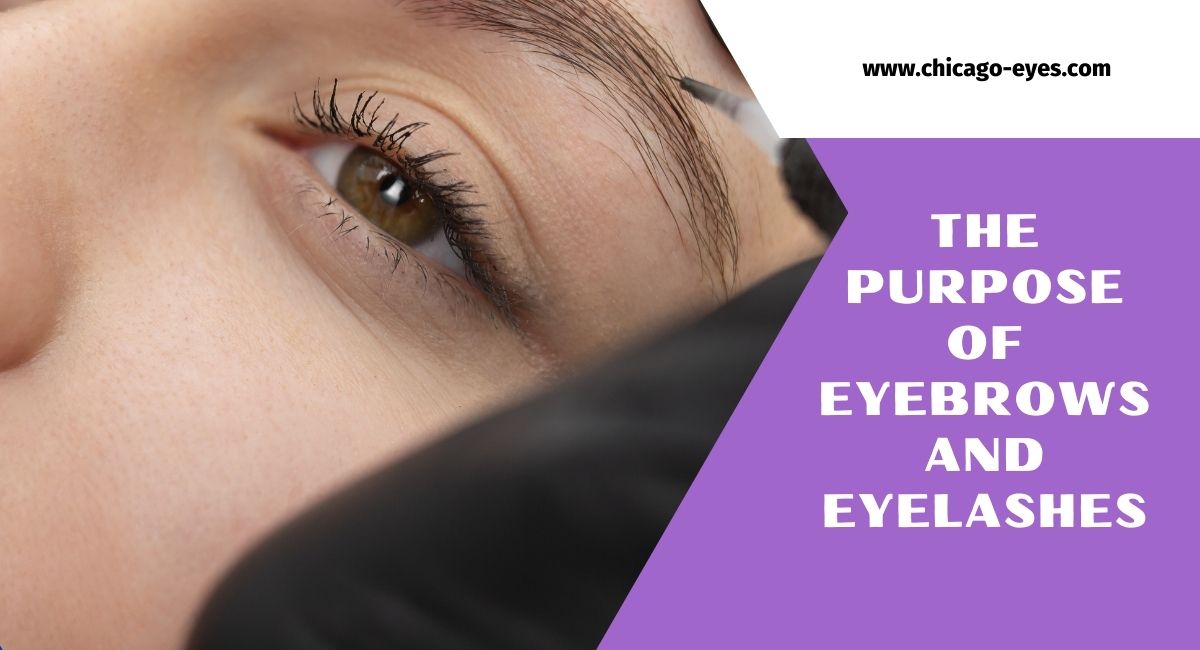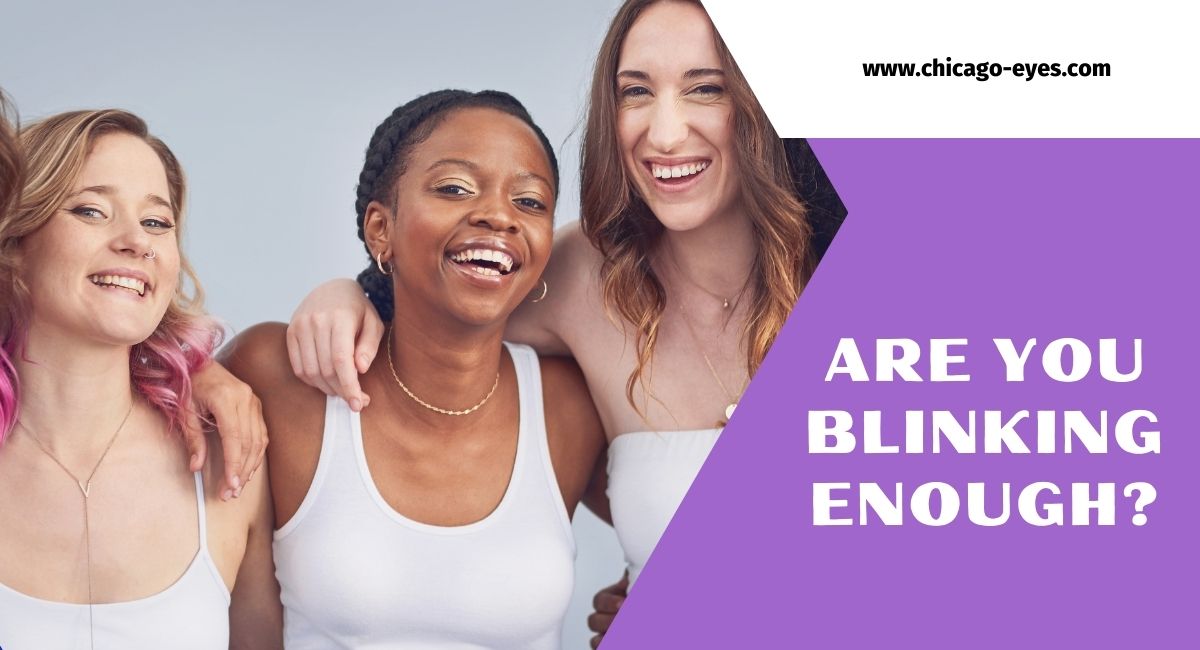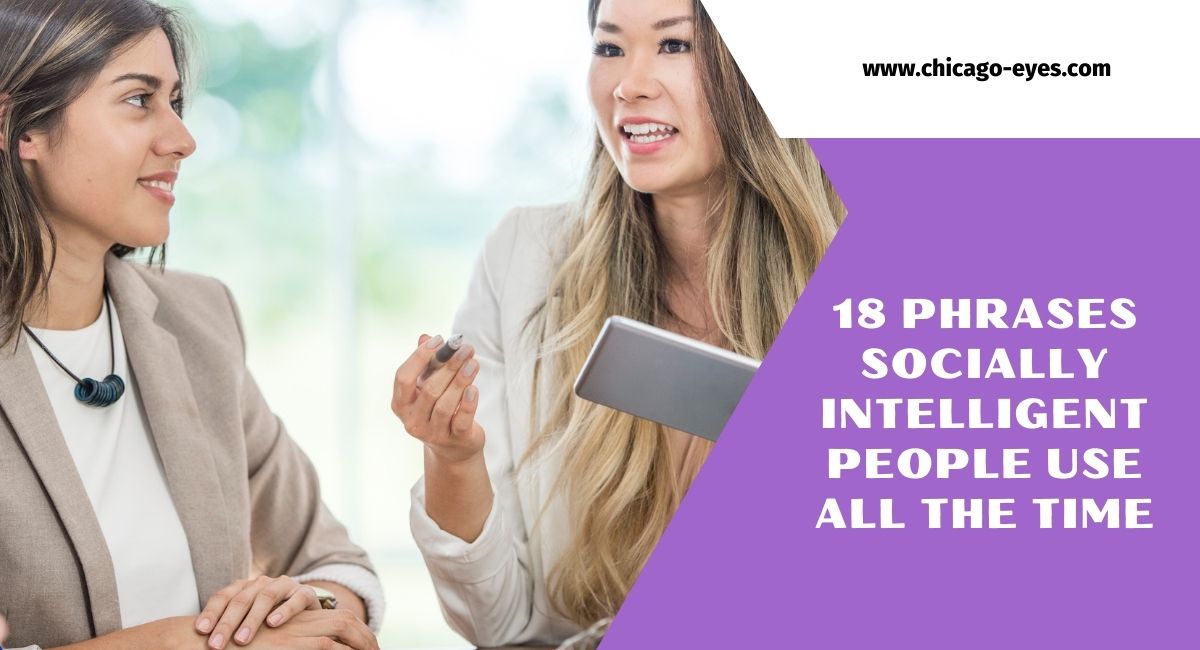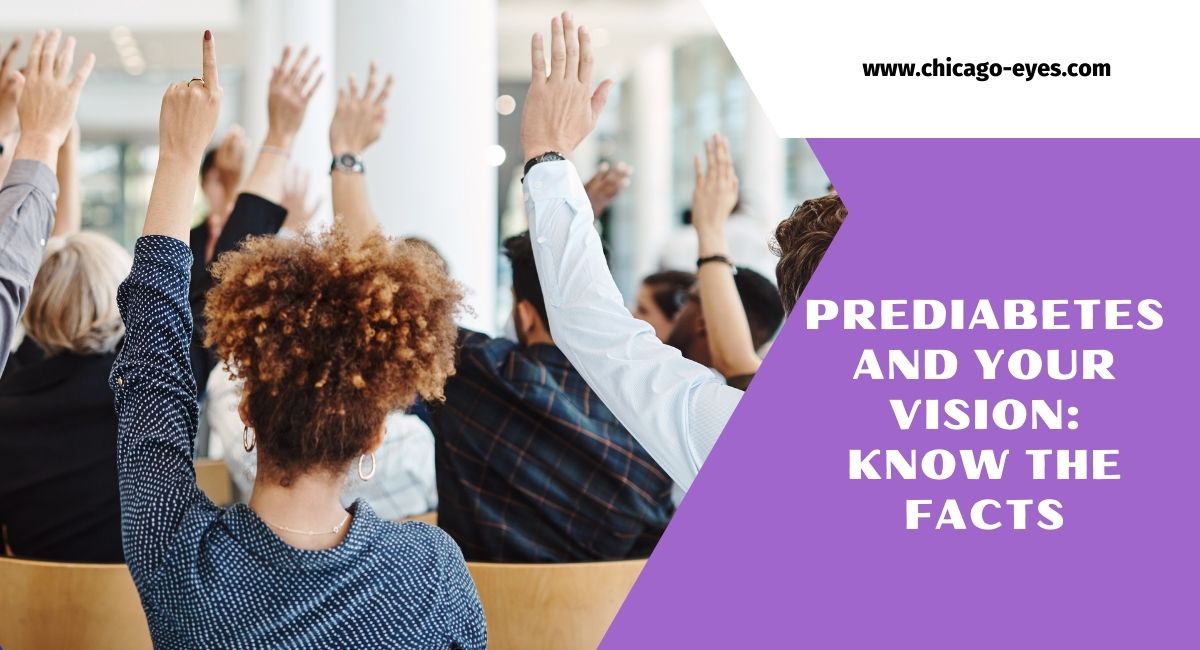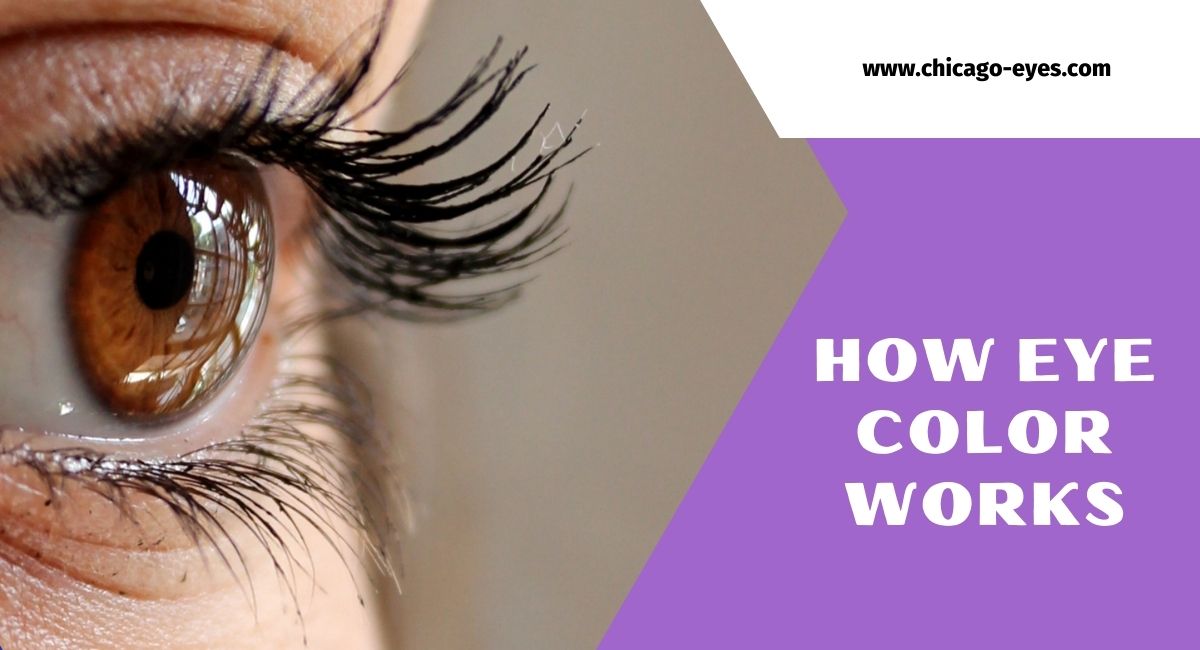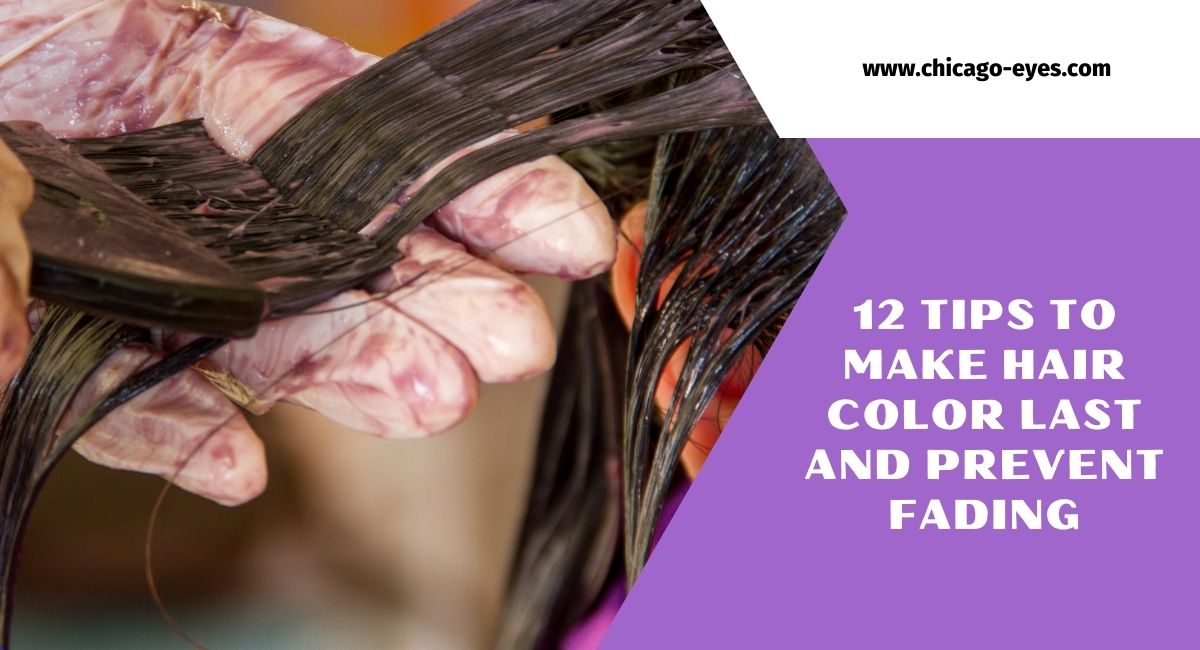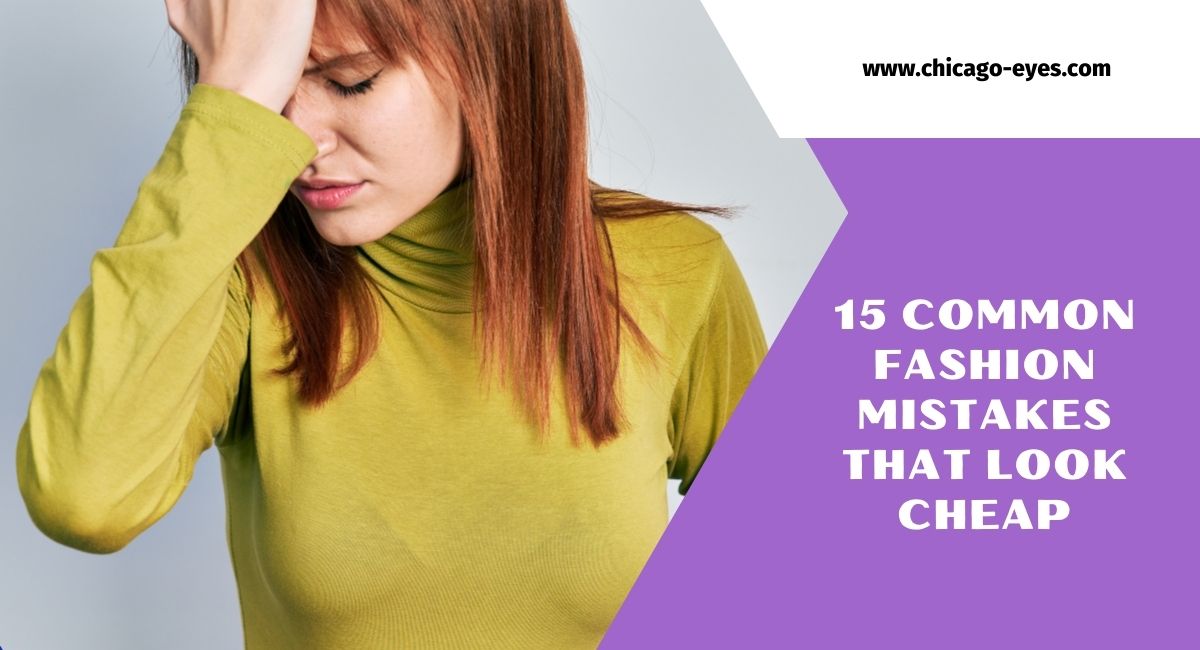Have you ever met someone who seems to navigate social situations effortlessly? They make friends quickly, command respect in meetings, and leave a lasting positive impression. What’s their secret?
Often, it’s the power of their words. Socially intelligent people use specific phrases that build rapport, encourage conversation, and demonstrate genuine interest in others.
Here are 18 phrases you can incorporate into your daily interactions to become a social butterfly yourself.
1. “Tell me more about that.”
This simple phrase goes a long way. It shows genuine interest in the other person’s words and validates their thoughts and ideas.
Instead of simply listening passively and waiting for your turn to speak, you’re actively engaging and inviting them to elaborate.
This encourages a deeper conversation and allows you to learn more about the person and their experiences.
Example: Someone mentions they’re learning a new language. Instead of a generic “That’s cool,” you can say, “Tell me more about that. Which language are you learning, and why did you pick it up?”
This allows them to share their motivations, challenges, and perhaps even their favorite language-learning resources.
2.“I like how you…”
Positive reinforcement is a cornerstone of social intelligence. A specific compliment shows you’re paying attention and appreciate something unique about the person.
Target their skills, ideas, or outfit choice, but make sure it’s genuine. A shallow compliment can backfire, so be sincere and specific.
Example 1: “I like how you presented your ideas in the meeting. It was clear, concise, and engaging.” This highlights their communication skills and makes them feel confident in their abilities.
Example 2: “I like that scarf! The color looks great on you and complements your whole outfit.”
This compliment acknowledges their fashion sense and makes them feel good about their style.
3.“What do you think about…?”
This phrase invites someone’s opinion and makes them feel valued. It shows you respect their thoughts and want to hear their perspective.
By phrasing it as a question, you encourage them to participate in the conversation and feel like their voice matters.
Example: “We’re brainstorming ideas for the team outing. What do you think about going to that new escape room? Have you heard anything about it?”
This opens the floor for discussion, allows them to share their opinion on the suggestion, and even add their ideas to the mix.
4.“I can see why you’d feel that way.”
Empathy is critical to social intelligence. This phrase acknowledges the other person’s feelings and validates their perspective, even if you don’t necessarily agree with it.
It shows you’re trying to understand their point of view and creates a safe space for them to express themselves freely.
Example: A friend is frustrated about a situation at work. You can say, “I can see why you’d feel that way. That sounds like a tough situation to be in. Is there anything I can do to help?”
This validates their frustration and opens the door for further conversation or offering support.
5.“How can I help?”
Offering help demonstrates your willingness to be supportive and shows you care. It can be as simple as offering an ear or providing practical assistance.
People appreciate those willing to go the extra mile, and this phrase shows your genuine desire to be helpful.
Example 1: A colleague is stressed about a deadline. You can say, “How can I help? Maybe I can take some tasks off your plate or proofread your report before you submit it.”
This offers concrete ways to alleviate their stress and shows your willingness to share the workload.
Example 2: A neighbor needs help to bring in groceries. You can say, “How can I help? Would you like me to carry some of those bags for you?”
This small act of kindness can make a big difference and shows you’re a considerate neighbor.
There are many more phrases socially intelligent people use daily. Stay tuned for part two, exploring the following nine secrets to successful social interactions!
6. “Thank you for your time.”
Expressing gratitude shows respect and appreciation for someone’s time and attention. It’s a polite way to end a conversation or meeting, leaving a positive lasting impression.
A simple “thanks” can feel dismissive, but “thank you for your time” acknowledges the value of their time and shows you appreciate them giving it to you.
Example: “Thank you for your time today. It was great catching up and learning more about your plans for the upcoming project.” This personalizes the thanks and shows you were genuinely interested in the conversation.
7. “I appreciate your input.”
This phrase acknowledges the value of someone’s contribution, whether an opinion, idea, or participation in a conversation. It shows you value their perspective and are grateful for their willingness to share it.
Example 1: “I appreciate your input on the marketing campaign. The suggestion about targeting a wider demographic is something we hadn’t considered before.”
This highlights the specific value their idea brought to the table.
Example 2: “I appreciate your participation in the meeting today. Even though we didn’t reach a final decision, everyone’s input was valuable and helped move the conversation forward.”
This acknowledges their contribution even if a consensus still needs to be reached.
8. “I understand.”
Sometimes, the most powerful thing you can say is, “I understand.” It shows empathy and acknowledges the other person’s feelings, even if you can’t fix the situation.
It creates a sense of connection and lets them know you’re there to listen without judgment.
Example 1: A friend is going through a tough time with their family. You can say, “I understand this situation is difficult for you. You must be feeling overwhelmed. I’m here for you if you need anything, even if it’s just a shoulder to cry on.”
This validates their emotions and offers support.
Example 2: A customer is upset about a product malfunction. You can say, “I understand your frustration. This isn’t the experience we want our customers to have. Let me see how I can help resolve this issue for you.”
This acknowledges their feelings and shows you’re committed to finding a solution.
9.“You’re right.”
Admitting you’re wrong is a sign of strength, not weakness. It shows you’re open to learning and willing to consider other perspectives. People appreciate those who are humble and willing to acknowledge mistakes.
Example 1: During a discussion, you realize your initial information needs to be corrected. You can say, “You’re right, I apologize. I hadn’t considered that aspect before. Thank you for pointing that out.”
This shows you’re open to learning and willing to correct your mistakes.
Example 2: A colleague disagrees with your approach to a project. You can say, “You’re right; maybe my approach could be improved. What suggestions do you have?”
This shows you value their opinion and are open to revising your strategy.
10. “Congratulations on…”
Celebrating someone’s achievements strengthens relationships and shows you’re genuinely happy for their success. A simple “congrats” might work, but a more specific acknowledgment shows you put extra thought into it.
Example 1: “Congratulations on getting that promotion! Your hard work and dedication have paid off. I knew you could do it!”
This personalizes the congratulations and highlights the qualities that led to their success.
Example 2: “Congratulations on winning the competition! Your performance was outstanding. I’m so proud of you!”
This acknowledges their specific accomplishment and expresses your genuine pride in them.
11. “Let’s get together sometime.”
Taking the initiative to suggest socializing shows genuine interest in getting to know someone better, which is used to strengthen existing relationships or build new ones.
Be specific about potential activities and be open to their suggestions.
Example 1: “Let’s get together sometime. You mentioned you would like to go to the new coffee shop downtown. Would you be free next week?”
This suggests a specific activity and timeframe while remaining flexible.
Example 2: “We should catch up soon! Are you interested in grabbing lunch sometime next month? We can figure out a place.
12. “I was thinking of you…”
This phrase, followed by a thoughtful gesture, shows you care and think about someone.
It could be a quick text acknowledging their recent accomplishment, a small gift related to your conversation, or offering help with something they mentioned needing.
Example 1: “I was thinking of you and saw this article about [topic related to their recent project]. Thought you might find it interesting!”
Sharing a relevant article shows you pay attention to their interests and want to support their endeavors.
Example 2: “I was thinking of you and remembered you mentioned needing help moving this weekend. I’m free that day, so let me know if you still need an extra hand!”
Example 3: “I was thinking of you, and congratulations again on your new baby! I picked up a small gift basket for the little one. How are you both doing?”
This small gesture shows you’re thinking of them and interested in their well-being during a particular time.
13. “Can I tell you something funny?”
Humor is a powerful tool for social connection. Sharing a funny story or observation can lighten the mood, break the ice in new interactions, and create a sense of camaraderie. However, be mindful of your audience and the situation.
Example 1: Feeling awkward during an introduction at a networking event? You can say, “Can I tell you something funny? On my way here, I tripped and spilled coffee all over myself. Luckily, it wasn’t hot!”
Sharing a self-deprecating anecdote can ease tension and make you seem more approachable.
Example 2: Are you catching up with a stressed-out friend? You can say, “Can I tell you something funny? Remember that time…?”
14. “How are you doing?”
This simple question shows you care about someone’s well-being and opens the door for a conversation. It can be used casually or to check in on someone struggling.
Example 1: Bumping into a colleague in the hallway, you can say, “Hey there! How are you doing?”
This is a friendly way to acknowledge them and see if they’re open to a brief chat.
Example 2: Reaching out to a friend who recently lost a loved one, you can say, “I wanted to check in and see how you’re doing. Please know I’m here for you if you need anything.”
This shows your concern and offers support during a difficult time.
15. “That sounds interesting! Tell me more.”
Enthusiasm is contagious. When someone shares something they’re passionate about, show genuine interest and encourage them to elaborate. This makes them feel valued and heard.
Example 1: A co-worker mentions they’re taking pottery classes. You can say, “That sounds interesting! Tell me more about it. Have you made anything cool yet?”
This shows your interest in their new hobby and encourages them to share their experiences.
Example 2: A friend is excited about their planned trip. You can say, “That sounds like an amazing trip! Tell me more about where you’re going and what you’re looking forward to doing.”
This shows you’re happy for them and interested in their plans.
16. “I’m not sure; what do you think?”
Sometimes, the best way to show you value someone’s opinion is to ask for it. This can be done when making decisions, brainstorming ideas, or simply gauging their perspective.
Example 1: Trying to decide on a restaurant for a group outing? You can say, “I’m unsure where to go for dinner. What kind of food are you all in the mood for?”
This shows you’re open to suggestions and value their preferences.
Example 2: Stuck on a creative project? You can tell your teammate, “I’m unsure how to approach this next step. What do you think our best strategy might be?”
This acknowledges their expertise and invites them to contribute their ideas.
17. “I apologize for…”
Taking responsibility for your mistakes shows maturity and strengthens relationships. A sincere apology goes a long way in resolving misunderstandings and rebuilding trust.
Example 1: Accidentally bumping into someone and spilling their coffee? You can say, “I apologize for that! Here, let me help you clean that up.”
This acknowledges your mistake and shows your willingness to help rectify the situation.
Example 2: Are you running late for a meeting? You can say, “I apologize for being late. Traffic was terrible, but that’s no excuse. Thank you for your patience.”
This acknowledges your mistake, offers a brief explanation (without dwelling on it), and expresses appreciation for your understanding.
18.“No problem!”
This simple phrase shows courtesy and acknowledges someone’s thanks. It’s a more positive and engaging response than a simple “you’re welcome.”
Example: Someone thanks you for holding the door open for them. Instead of saying, “You’re welcome,” you can say, “No problem! Have a great day!” This adds a touch of friendliness and well wishes.
Conclusion
In conclusion, the phrases discussed in this blog are usually used by intelligent people, reflecting their smartness. You’ll become a social butterfly by using these phrases during your daily interactions.
Remember, social intelligence is a skill that can be developed with practice. So, start using these phrases today and watch your social connections blossom!
Read More: These Are The Cheeses You Want To Avoid Eating At All Costs
